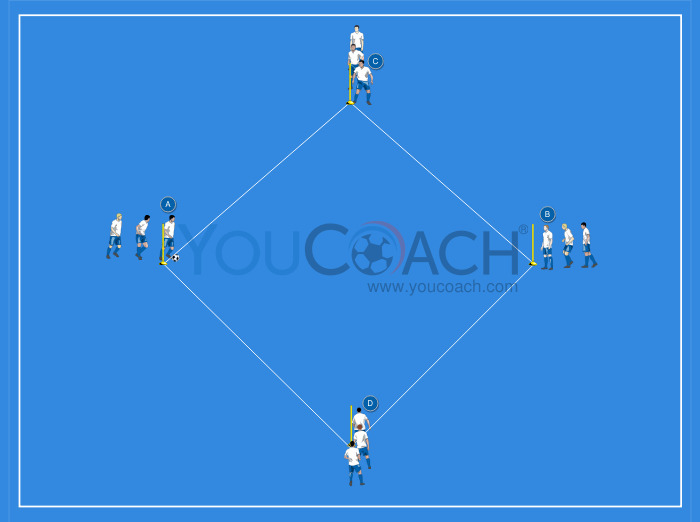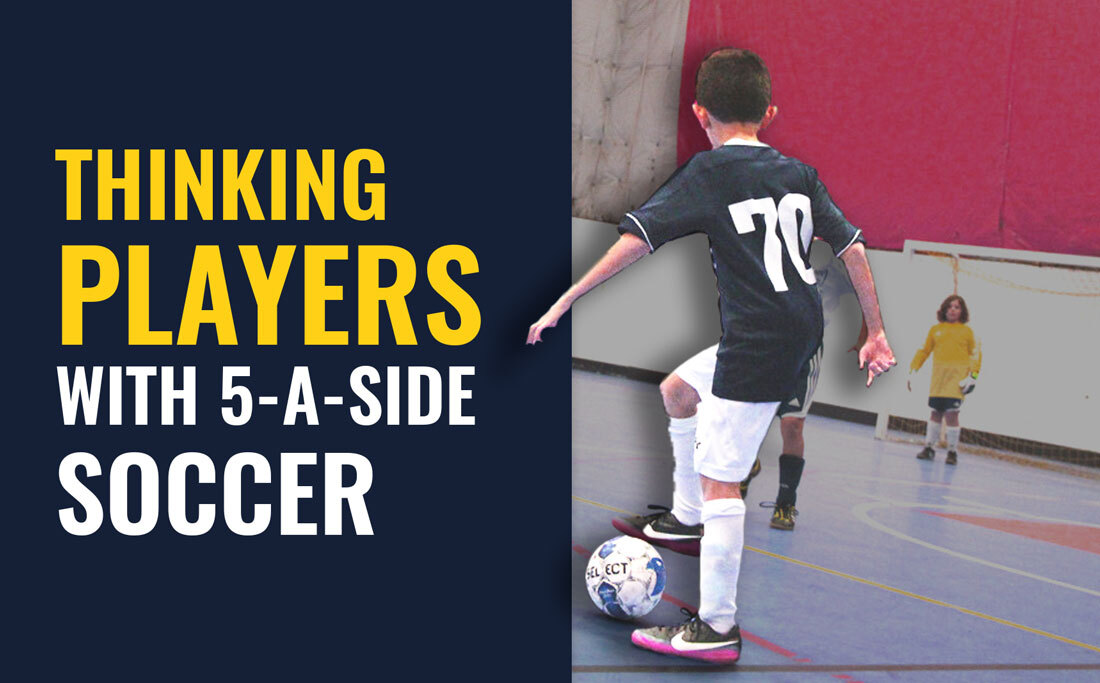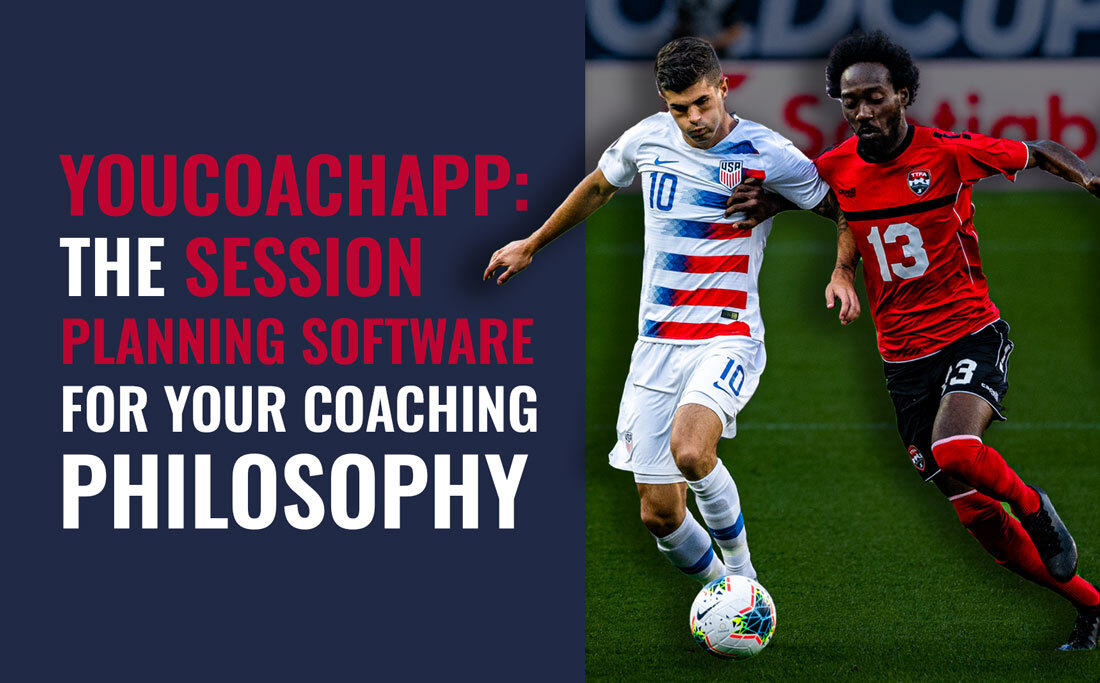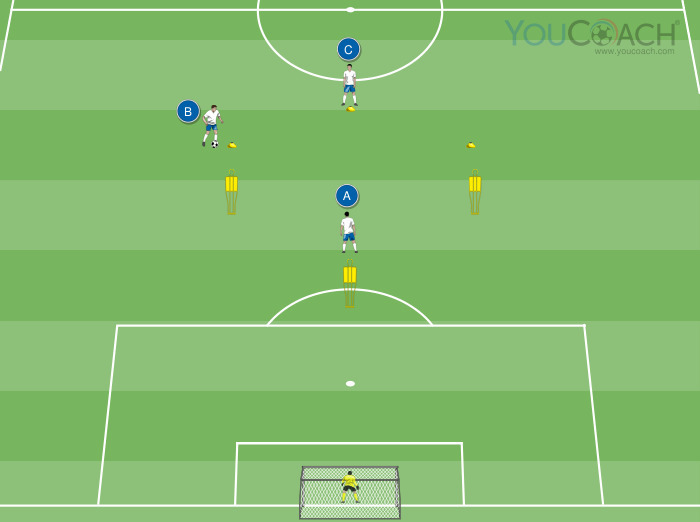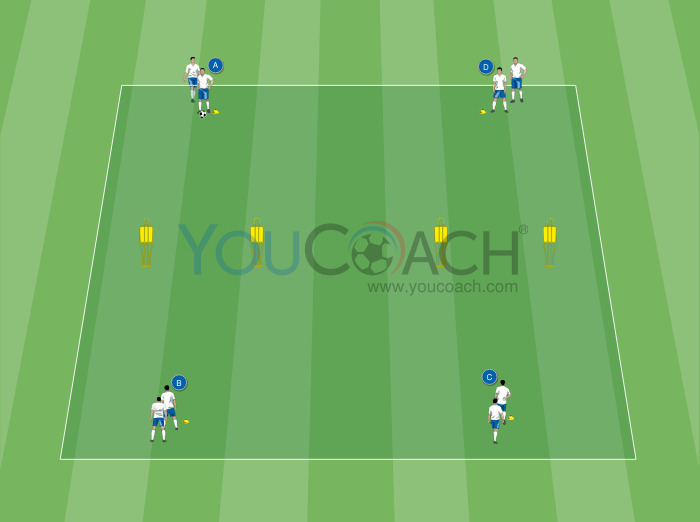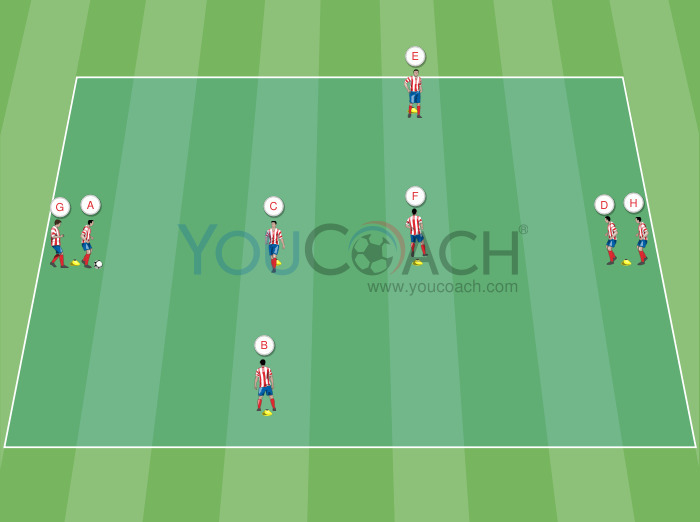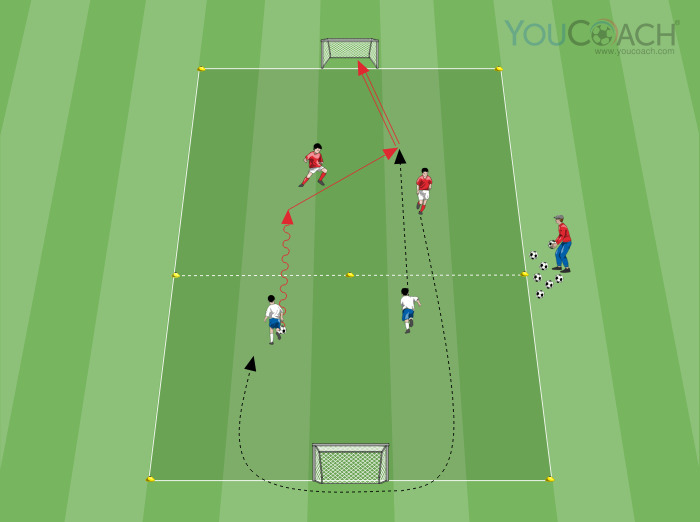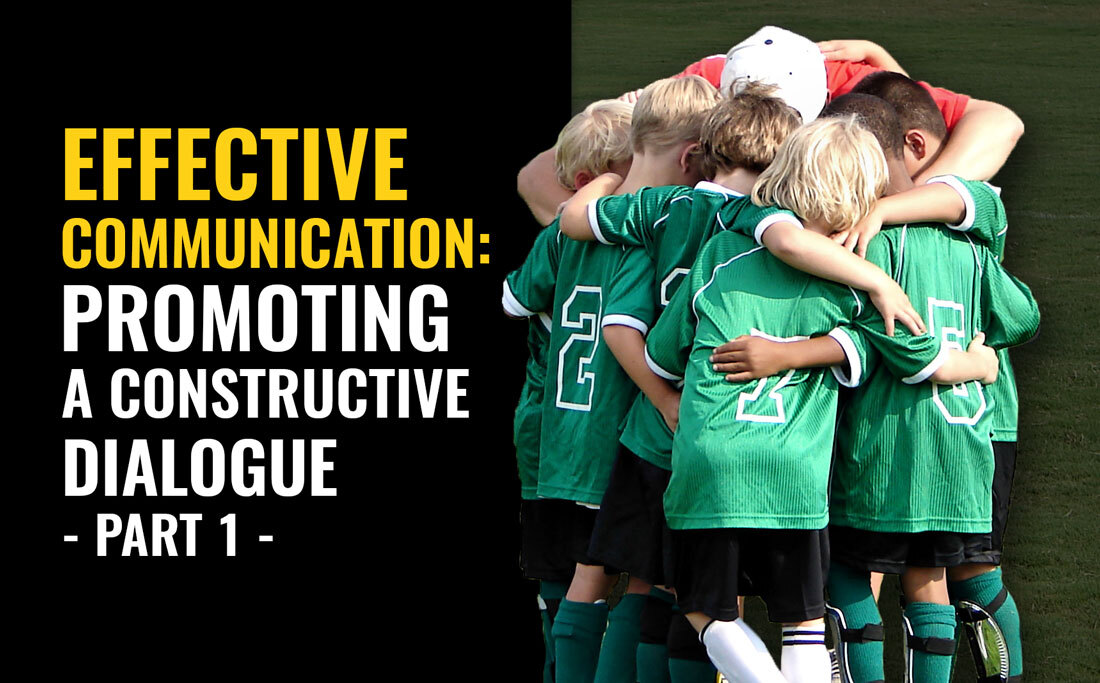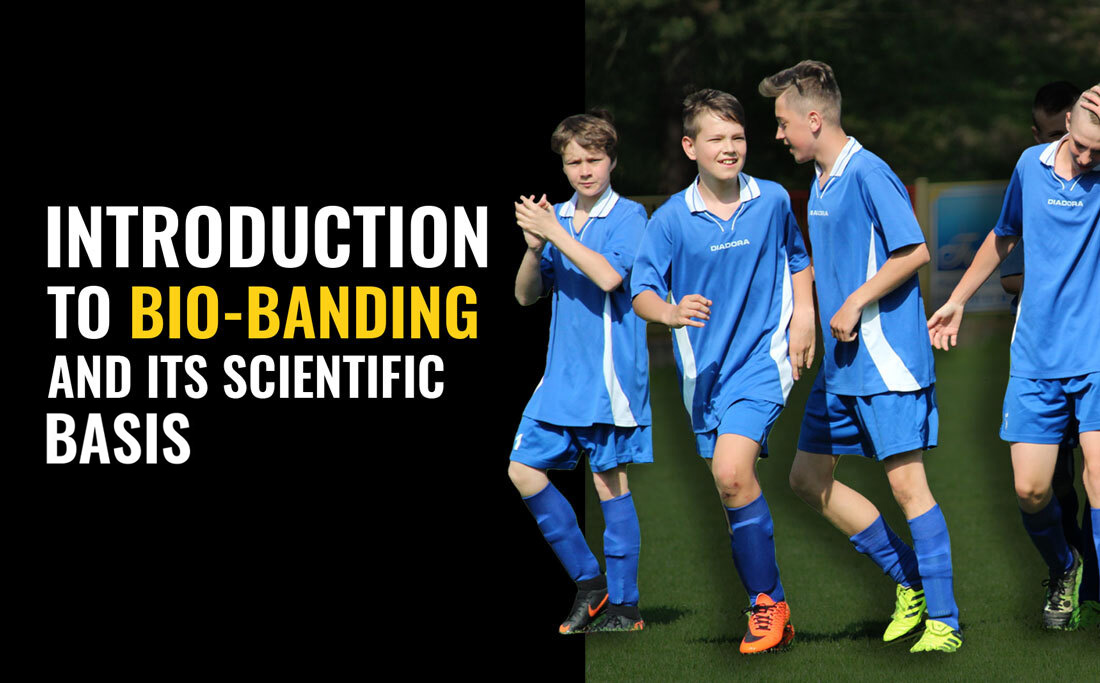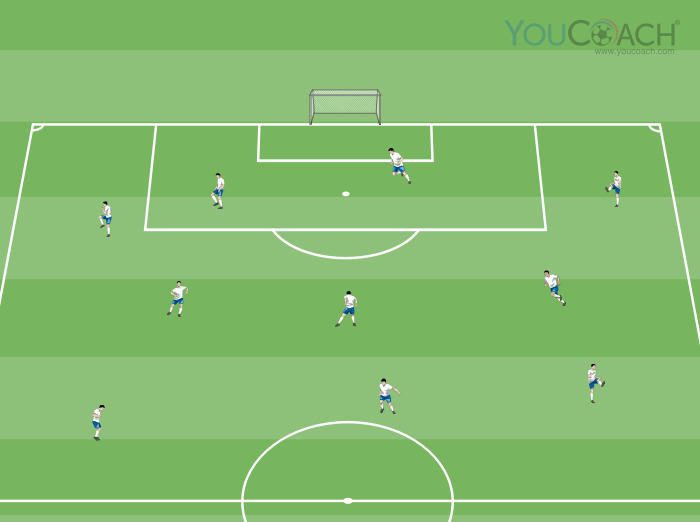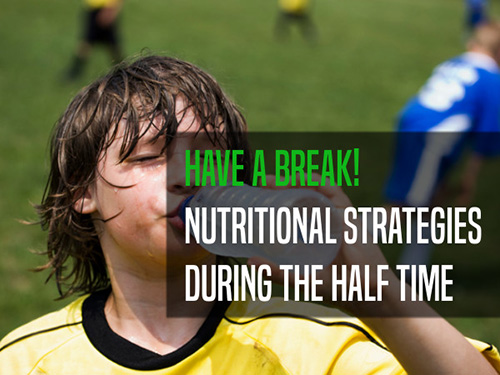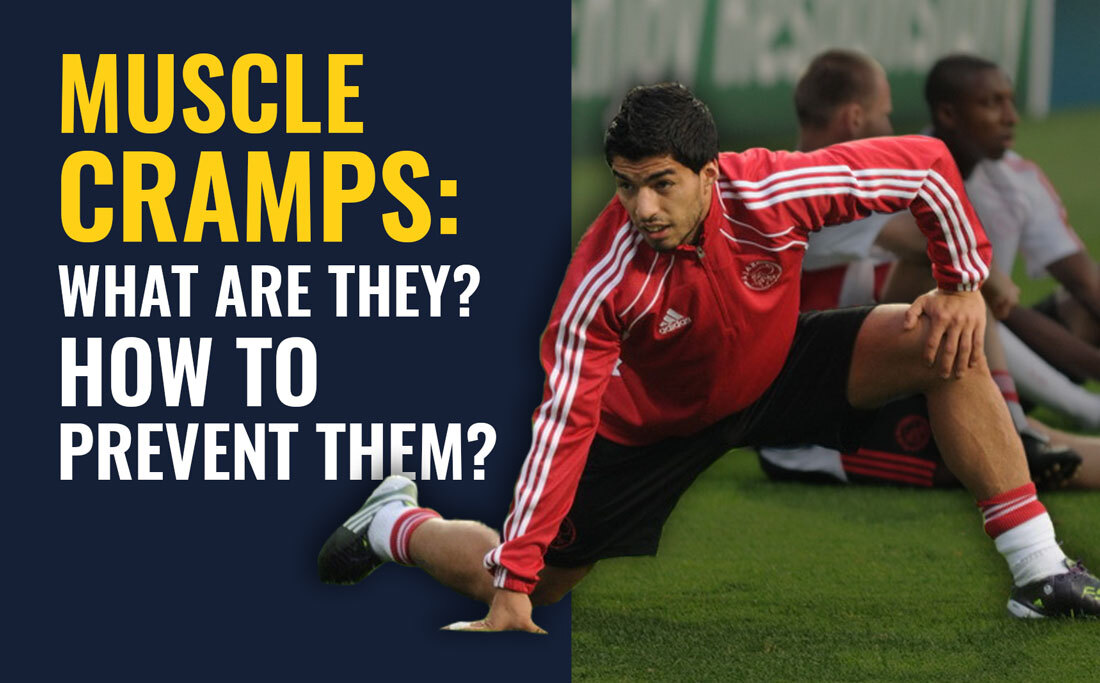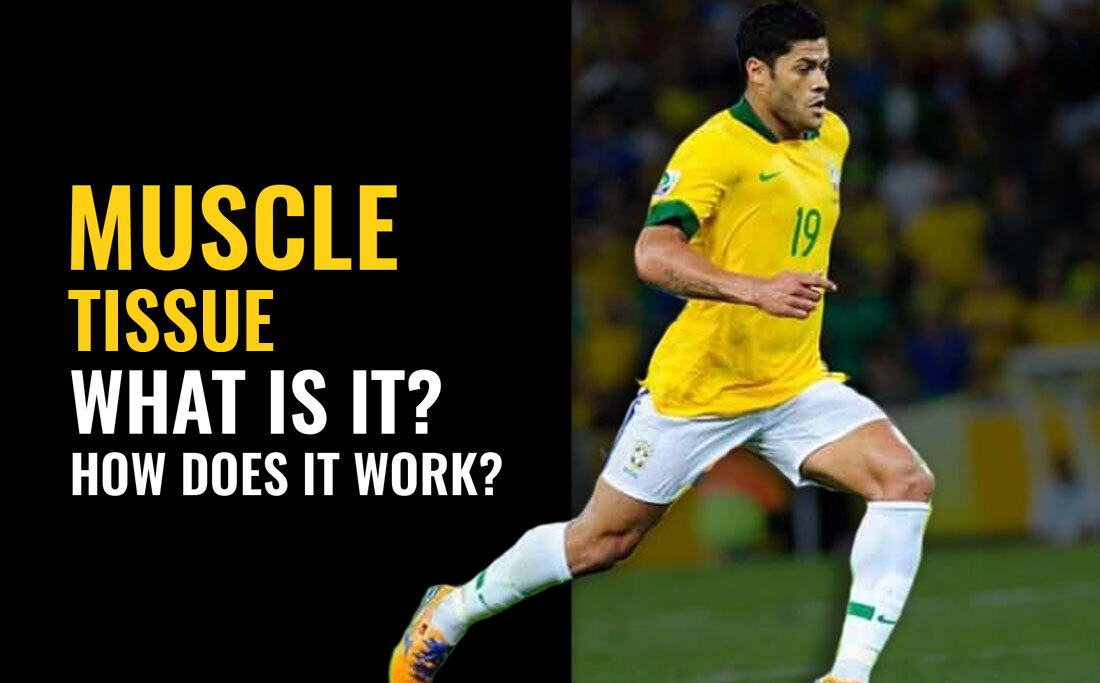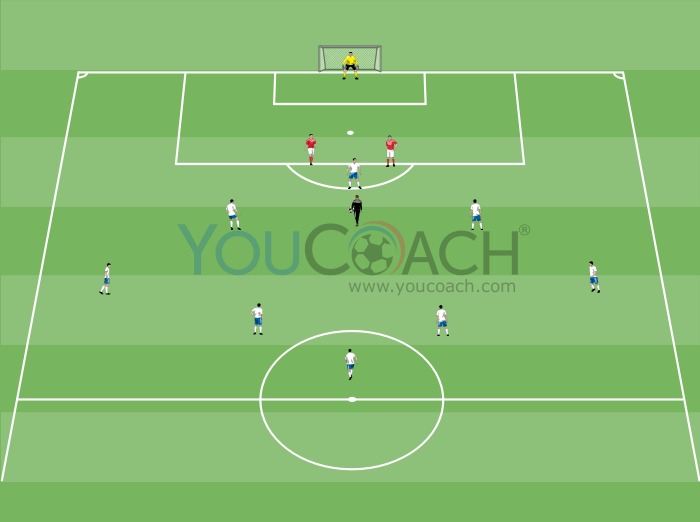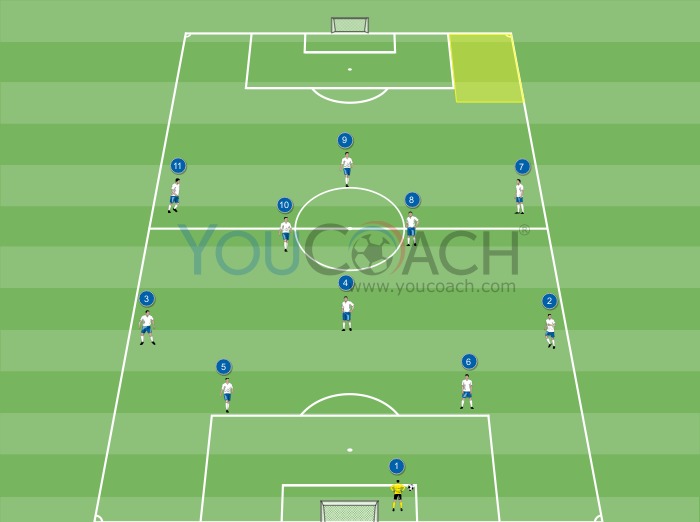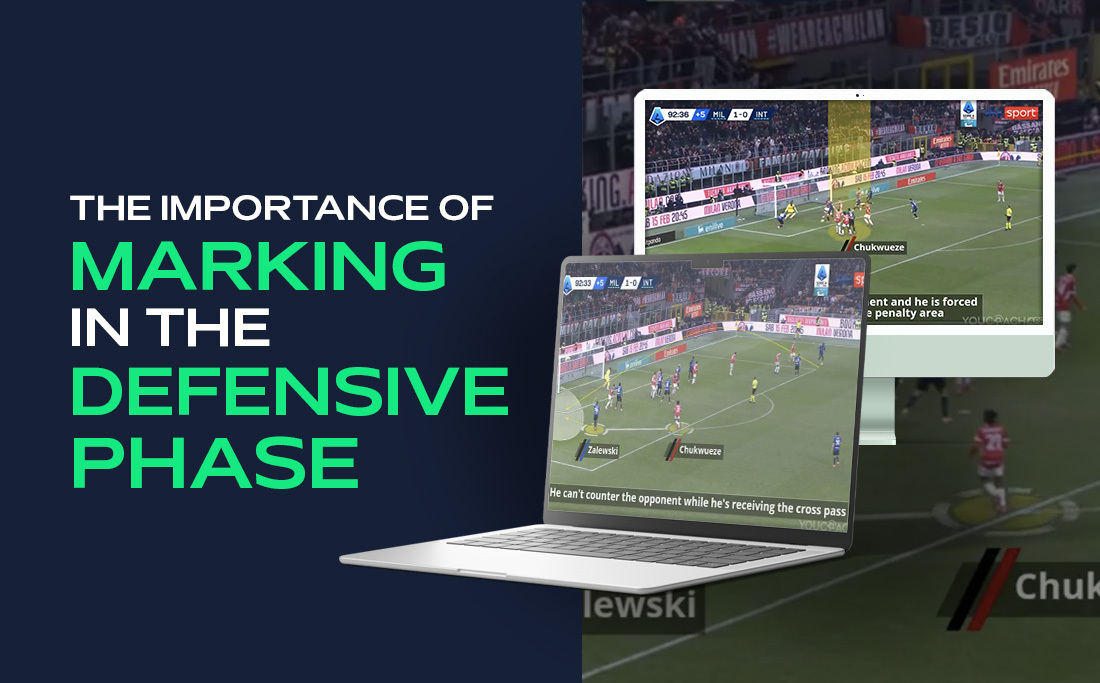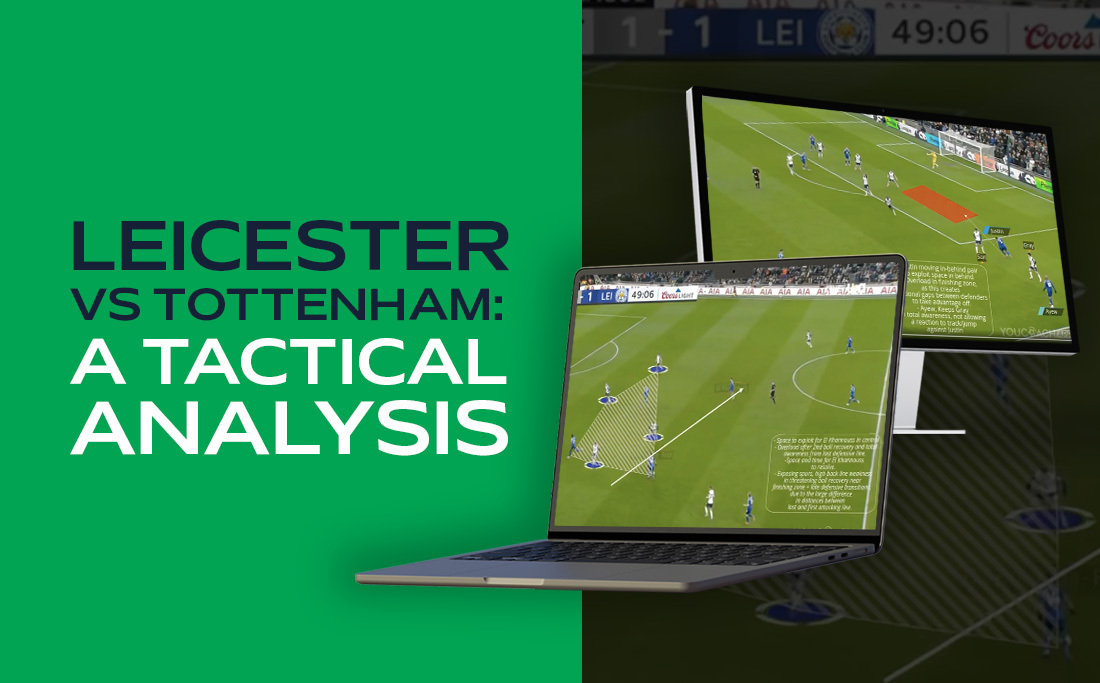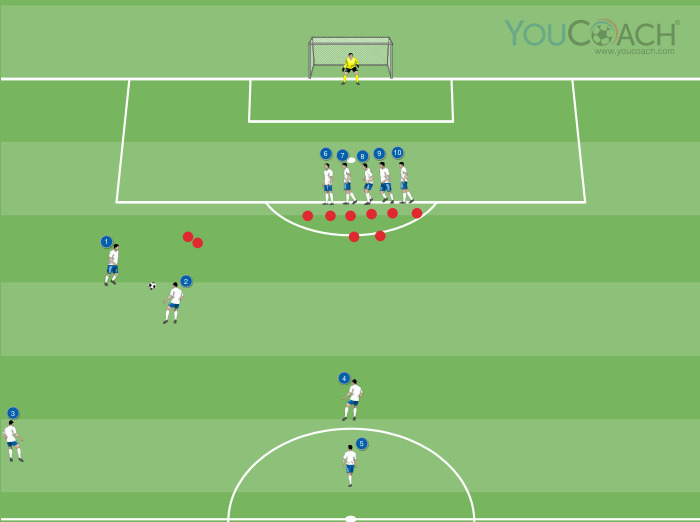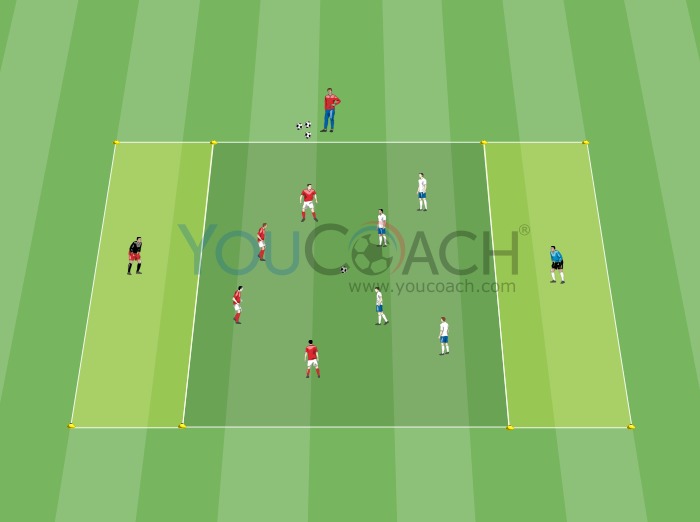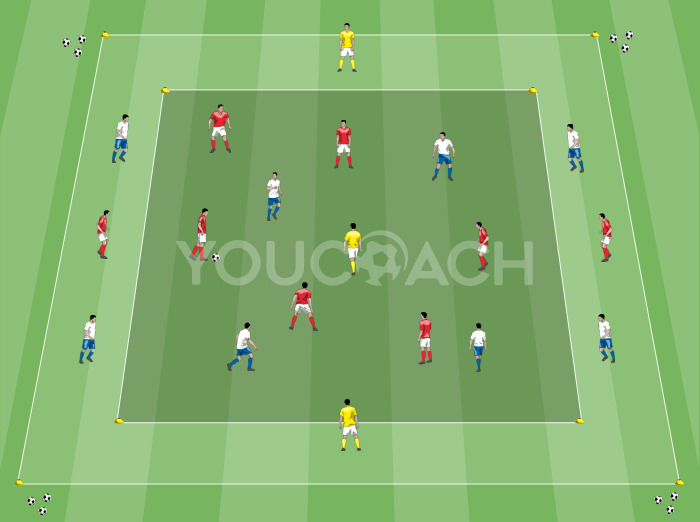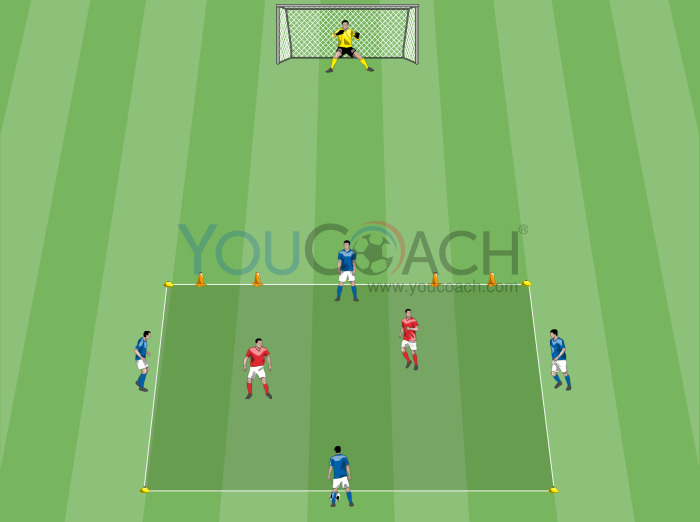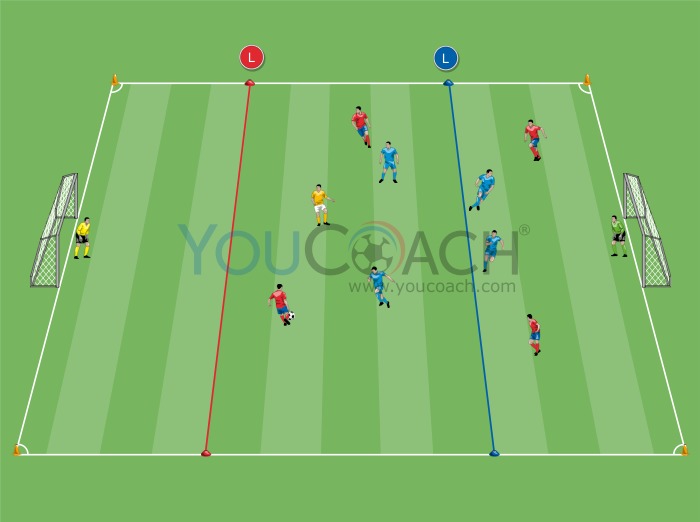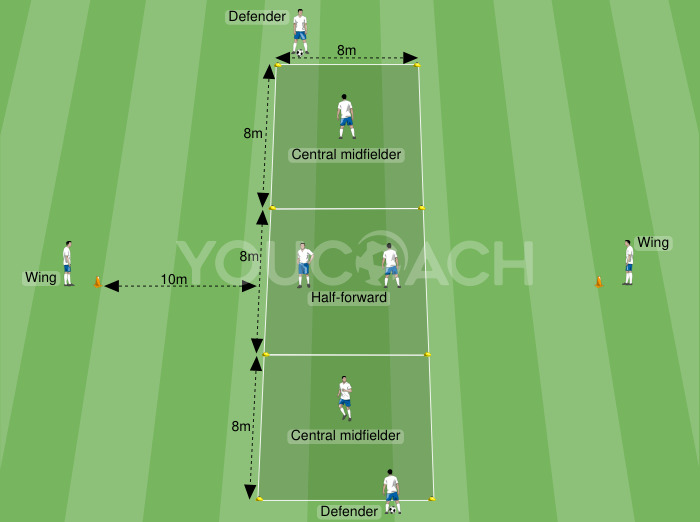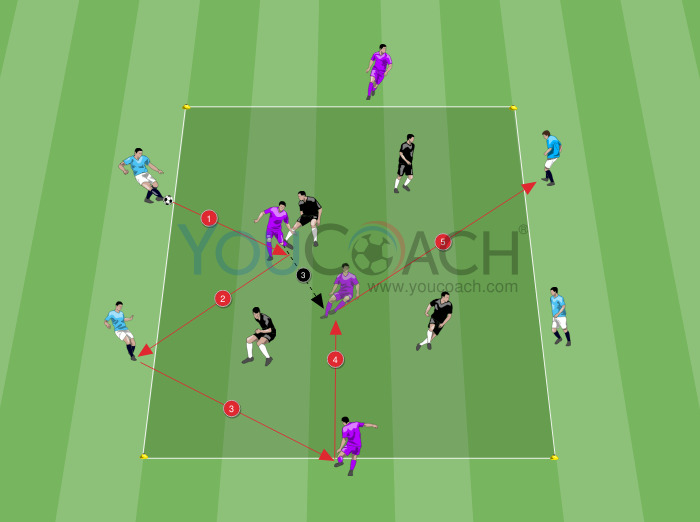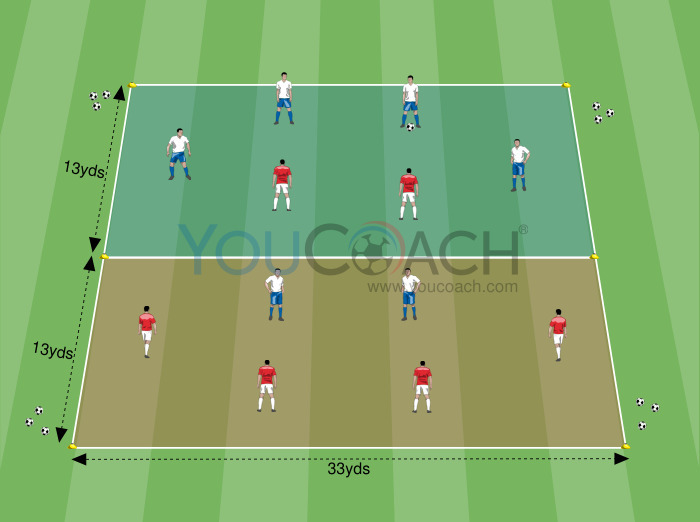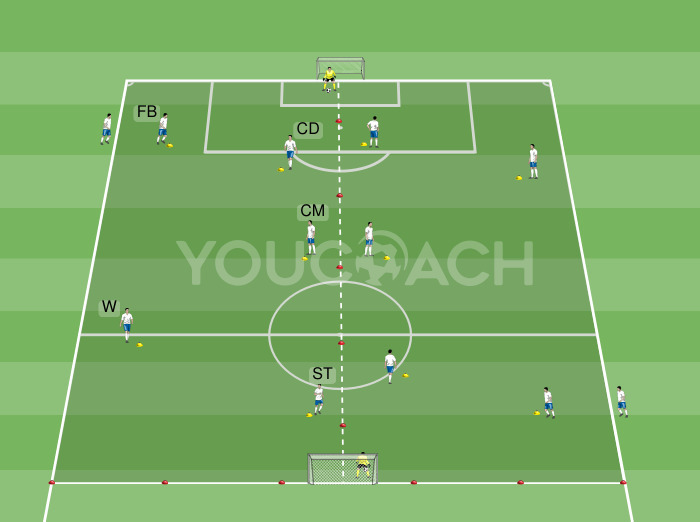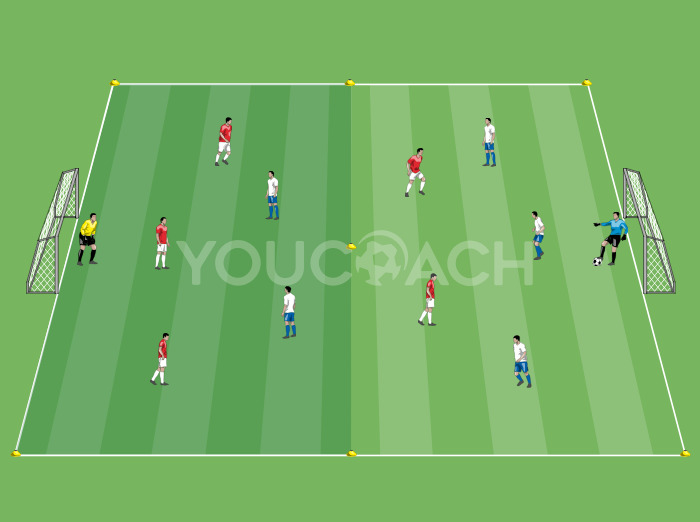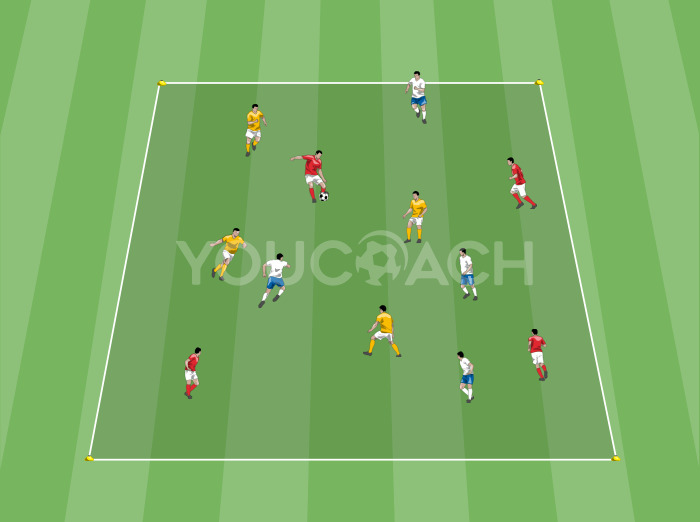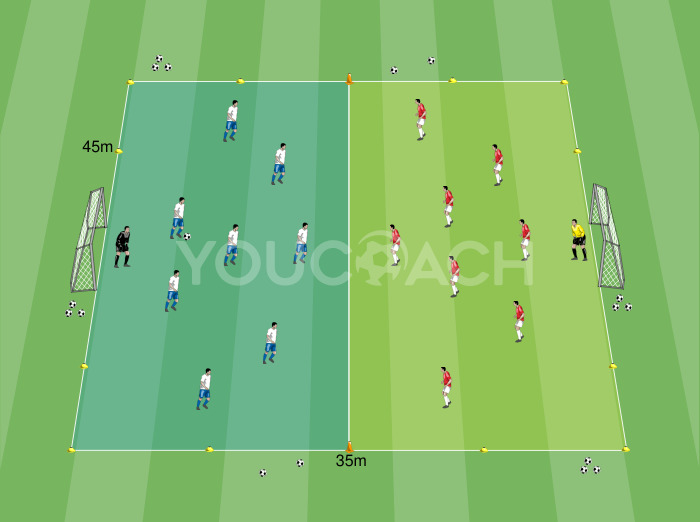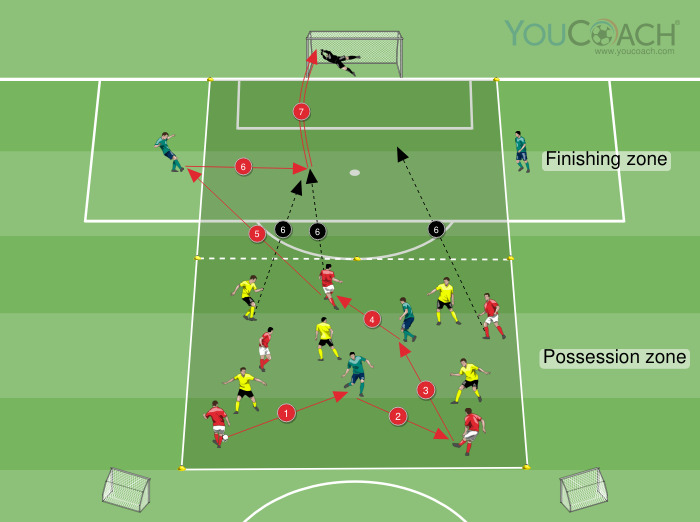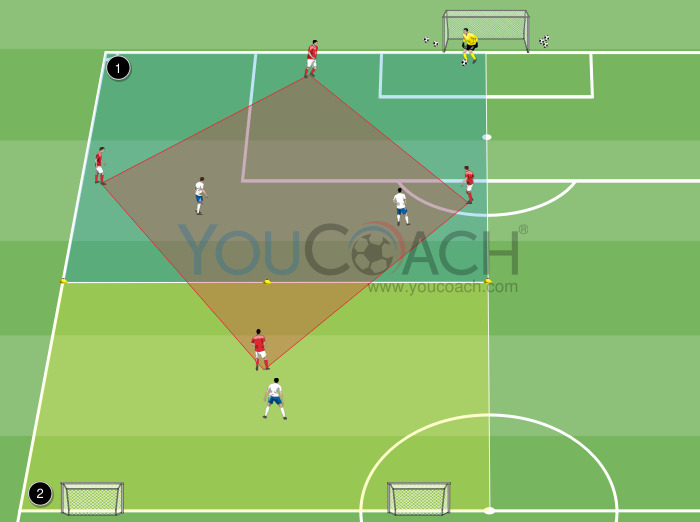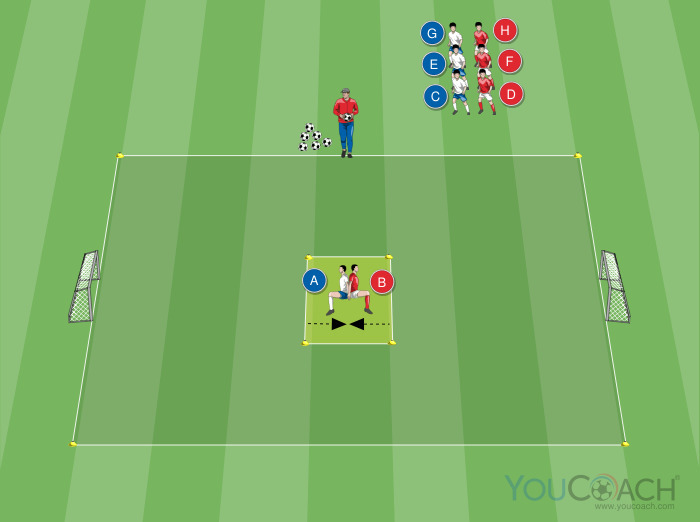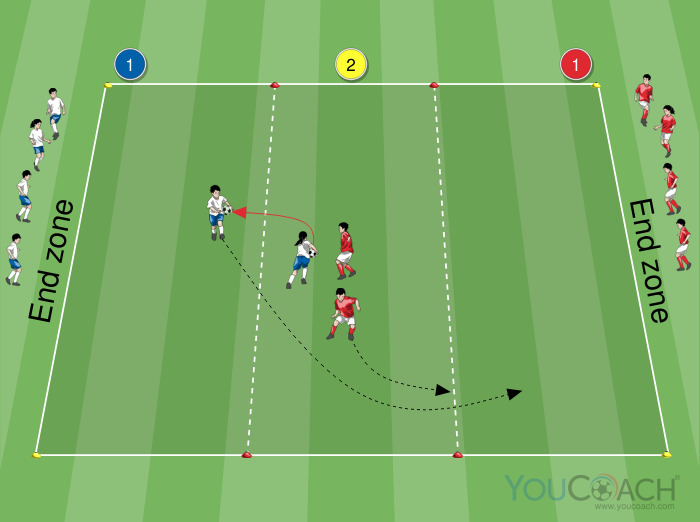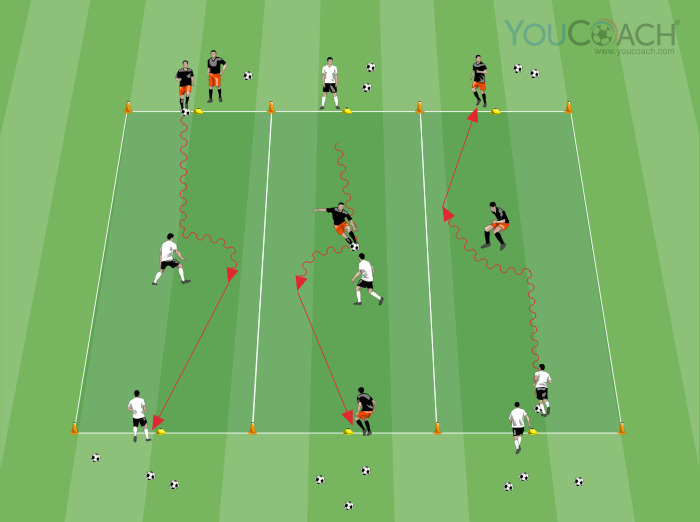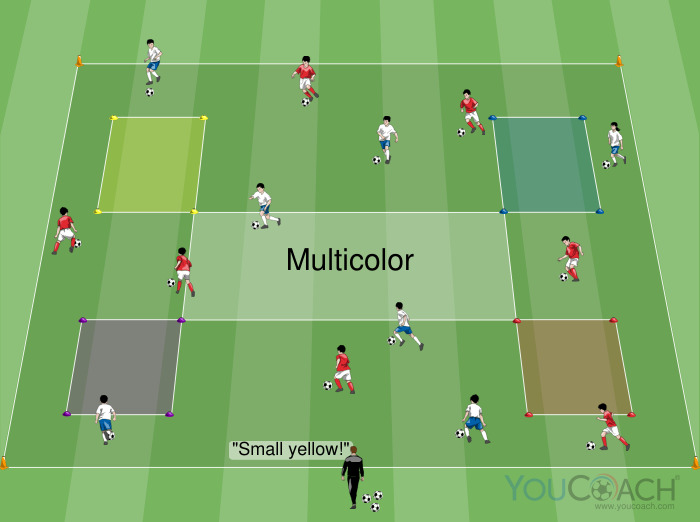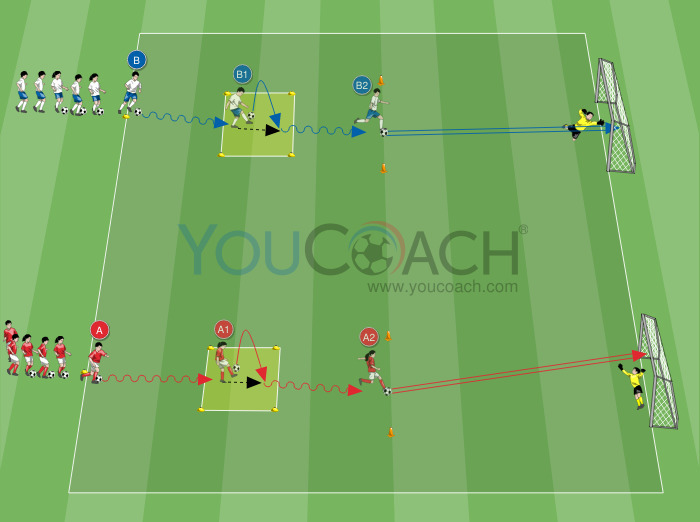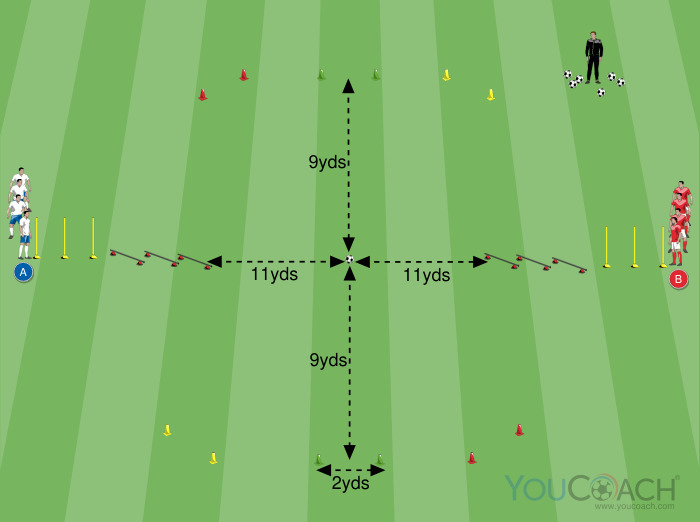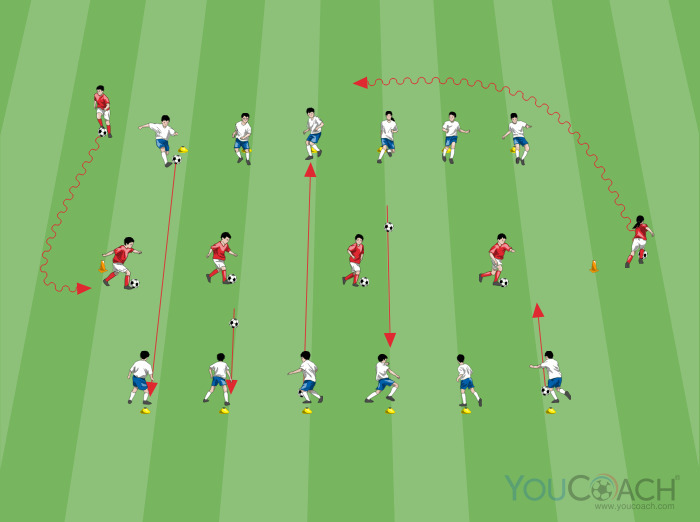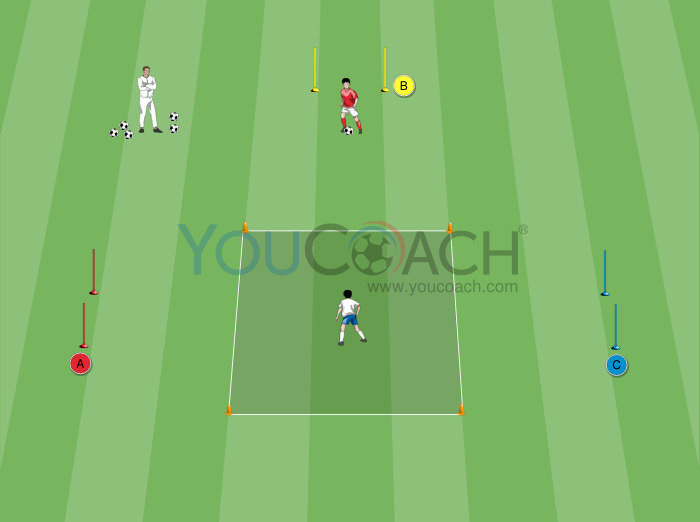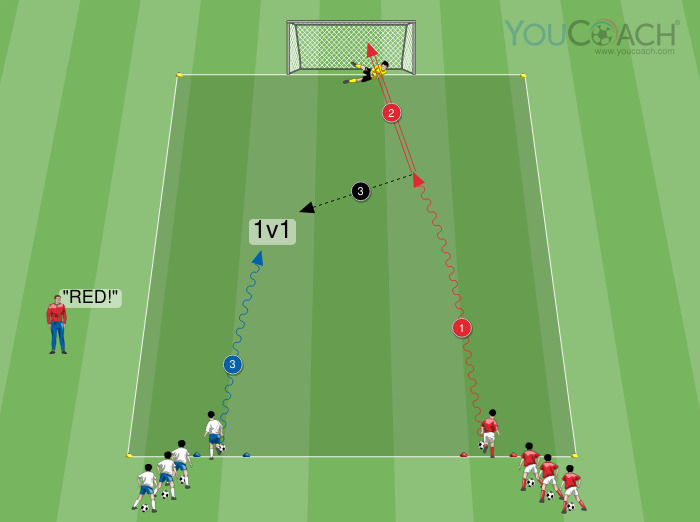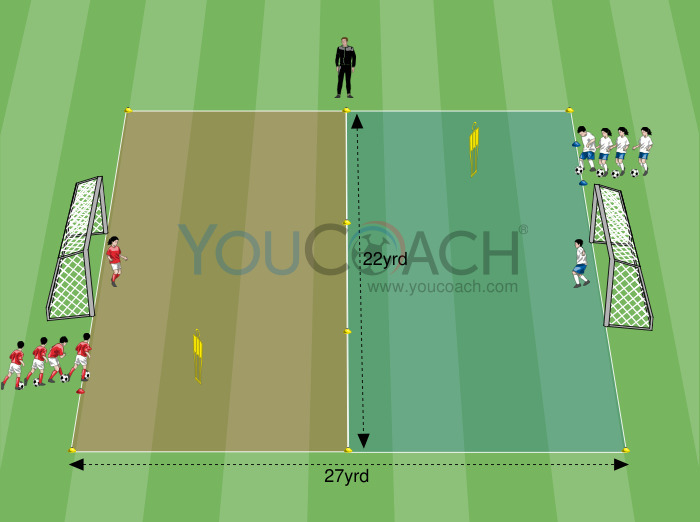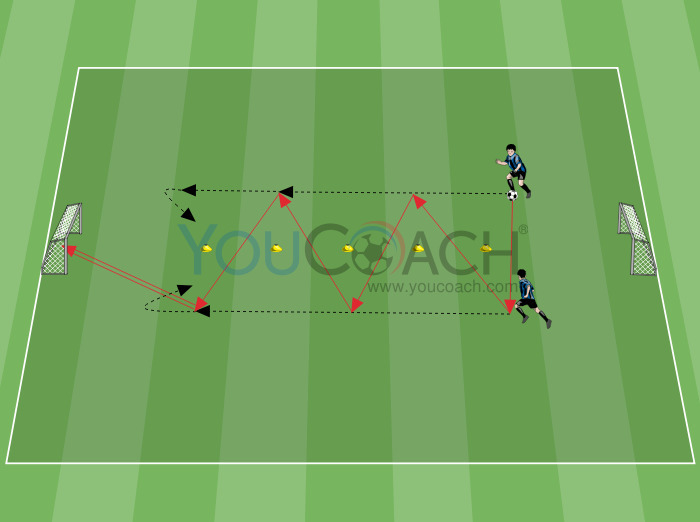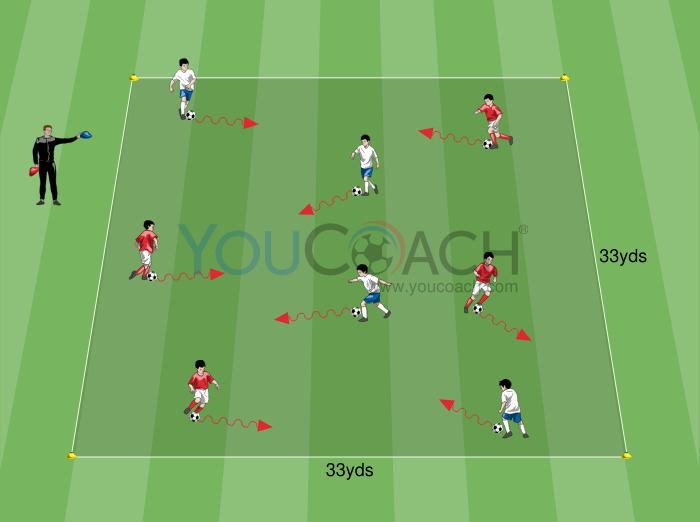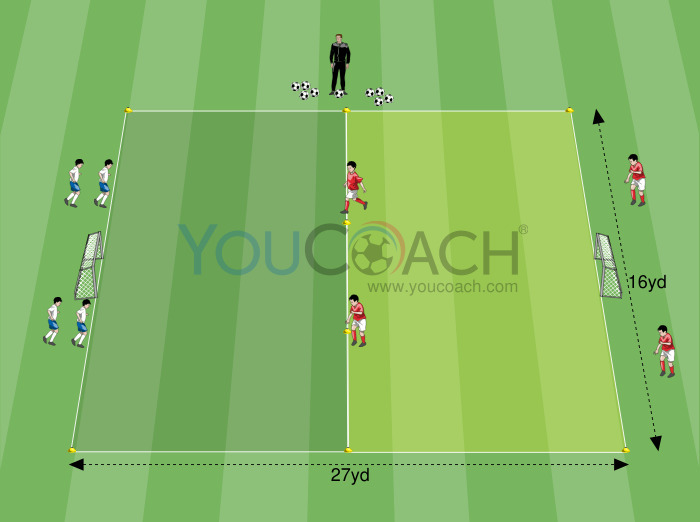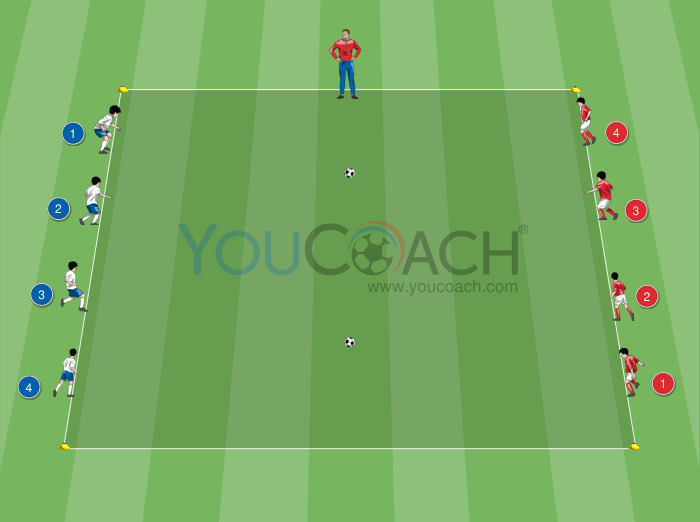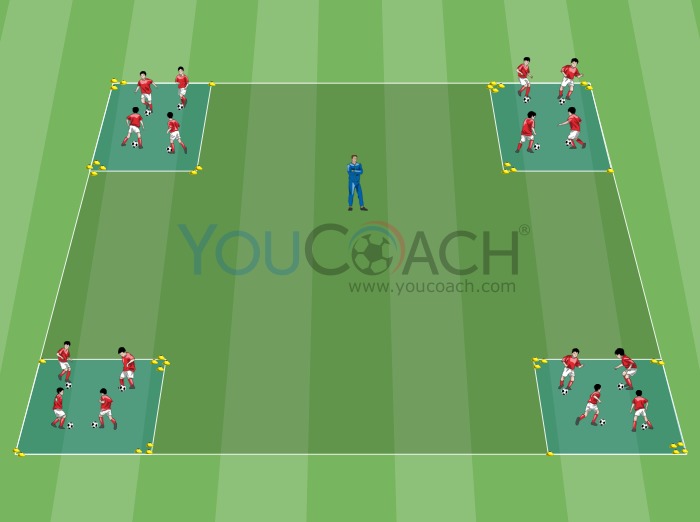What is technique in soccer?
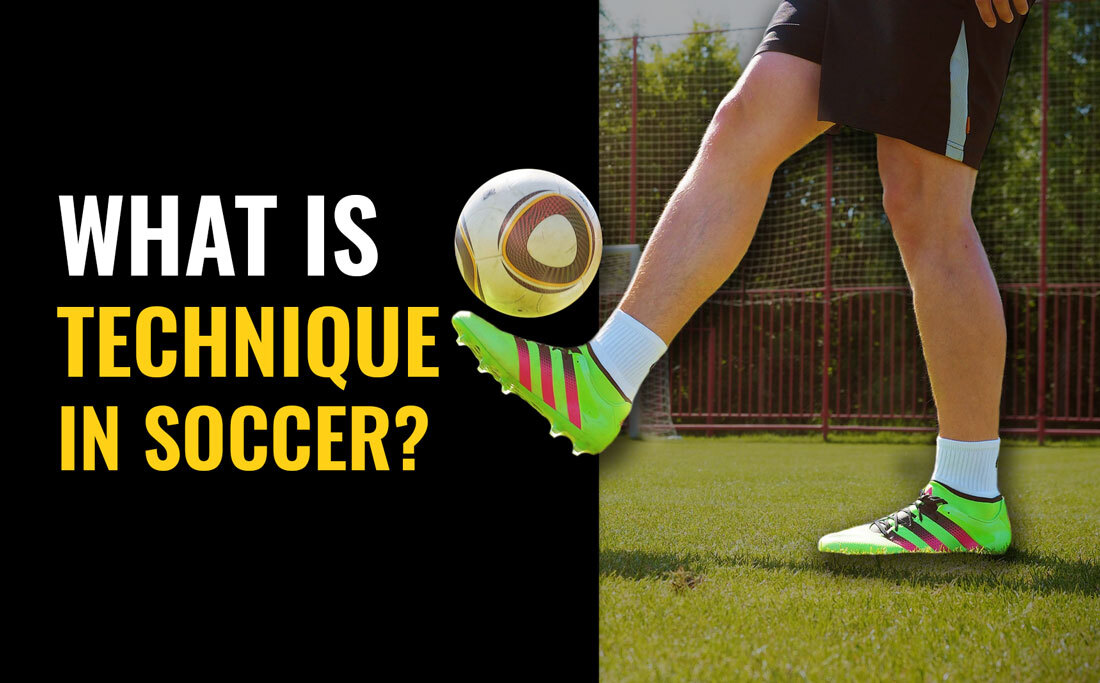
|
What is the basic technique in soccer? What types of technique exist? How to train technique? Let's find out in this article. |
Soccer technique is considered the set of movements, with or without the ball, that are practiced in the context of the game; it is the final result of a multiplicity of interconnected factors that influence its development and learning, such as athletic expression, motor-coordination aspect, and cognitive aspect.
- What types of techniques exist in soccer?
- What is the basic technique in soccer?
- What is the applied technique in soccer?
- How to improve technique in soccer?
- Why is it important to improve technique in soccer?
- At what age is it important to train technique in soccer?
- What are useful and effective exercises to train technique in soccer?
- What kind of training is needed for technique in soccer?
- How much to train technique in soccer?
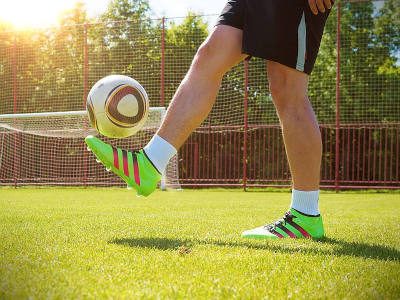
What types of techniques exist in soccer?
The technique in soccer can be divided into two categories:
- the basic technique
- the applied technique (also known as individual tactics)
What is the basic technique in soccer?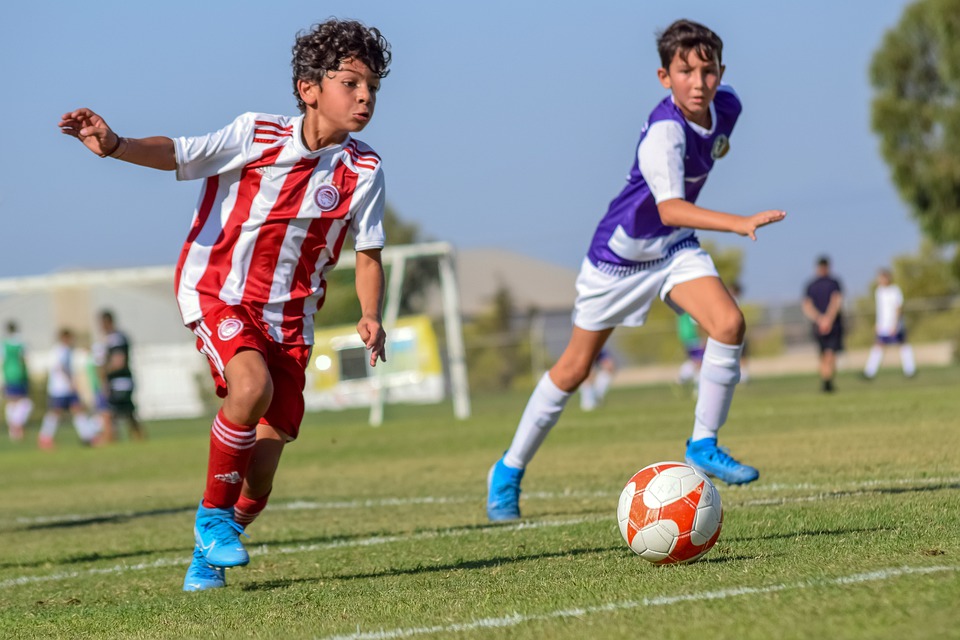
The basic technique in soccer is manifested in all those situations where the soccer player comes into contact with the ball. Therefore, it is necessary to establish a connection between the player and the ball in a predominantly individual management context to talk about basic technique in soccer. The basic technique in soccer is manifested through the so-called technical fundamentals, which are all the technical gestures that a soccer player can perform when in possession of the ball.
The 7 fundamental technical gestures in soccer are:
- shooting the ball
- receiving the ball
- dribbling the ball
- tackling
- throw-in
- heading
- goalkeeper technique
What is the applied technique in soccer?
Applied technique (or individual tactics) in soccer: In soccer, basic technique is distinguished from applied technique (or individual tactics) because basic technique is manifested in an individual context, while applied technique (or individual tactics) is developed through game situations. In other words, applied technique (or individual tactics) refers to a set of behaviors and adaptations that the player carries out both when he/she has possession of the ball and when he/she does not have possession of the ball. Through applied technique (or individual tactics), the player expresses his/her individual technique according to the three phases that characterize the game: possession phase, non-possession phase, transition (that is, the time between possession and non-possession phase and vice versa, which is also distinguished into negative or positive transition).
The main requirements that characterize the applied technique (or individual tactics) in soccer are:
- individual tactics in possession phase
- feinting and dribbling
- shooting on goal
- passing (ball transmission)
- ball control and defense
- marking
- individual tactics in non-possession phase
- positioning
- interception/anticipation
- tackling
- defending the goal
How to improve technique in soccer?
To improve technique in soccer, it is necessary first to improve motor schemes and coordination skills. Depending on their method, the coach can choose to teach a technical gesture through analytical technique exercises or by exploiting various situations that are closer to the game. It is essential that the acquisition of the technical gesture takes place through various stimuli and repetitions, starting from childhood. From the Youth Sector categories to adults, the coach can focus on improving both basic technique and applied technique. Basic technique can also be improved through soccer drills that predominantly stimulate cognitive, emotional, and playful aspects.
Why is it important to improve technique in soccer?
Soccer is an "open skill" sport that does not involve repeating the technical gesture for its own sake. Therefore, training technique in soccer is of fundamental importance because by mastering the ball, the player can focus more on the dynamics and game situations.
At what age is it important to train technique in soccer?
Training technique in soccer can be done at any age; what changes are the operational means used to train technique, the structure and the different variables that concern the exercises chosen to train it. In addition, the training method adopted by the coach also changes. Training technique in children, for example, is different from training technique in young people and is different from training technique in adults.
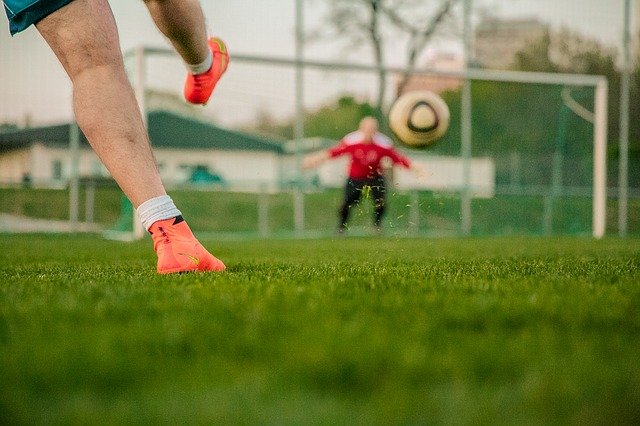
What are the useful and effective exercises to train technique in soccer?
The exercises to train technique in soccer are developed through different operational means; each operational means is used for different purposes. Generally, exercises to train basic technique involve a player-ball ratio of 1 to 1 and allow the player to give continuity to the execution and have greater contact with the equipment. Examples of this type of training are analytical exercises, technical circuits, coordinative circuits, technical-motor circuits, popular games, and conditioned games. Exercises to train applied technique involve the involvement of other players and allow the player to use basic technical gestures in game situations; examples include situation games and simplified situations, positional games, and Small-Sided Games. The choice of exercises to train technique in soccer therefore depends on the training methodology chosen by the coach based on work programming and set objectives.
What kind of training is needed for technique in soccer?
Training technique in soccer can be included in all phases of the session; except for exceptional cases (injury recovery, recovery sessions, impracticability), it is always recommended during training to propose not only technical exercises but also tactical, athletic preparation, and set-piece exercises.
How much should technique be trained in soccer?
There is no limit to training technique in soccer and exercises to train technique should be present in every training session, at any age. The coach should be careful not to forget all the other components of the game, avoiding monotonous training that proposes only technical exercises for their own sake and not for the dynamics of the game. Especially in the basic activity phases, children can effectively and funnily train technique with exercises even at home.


